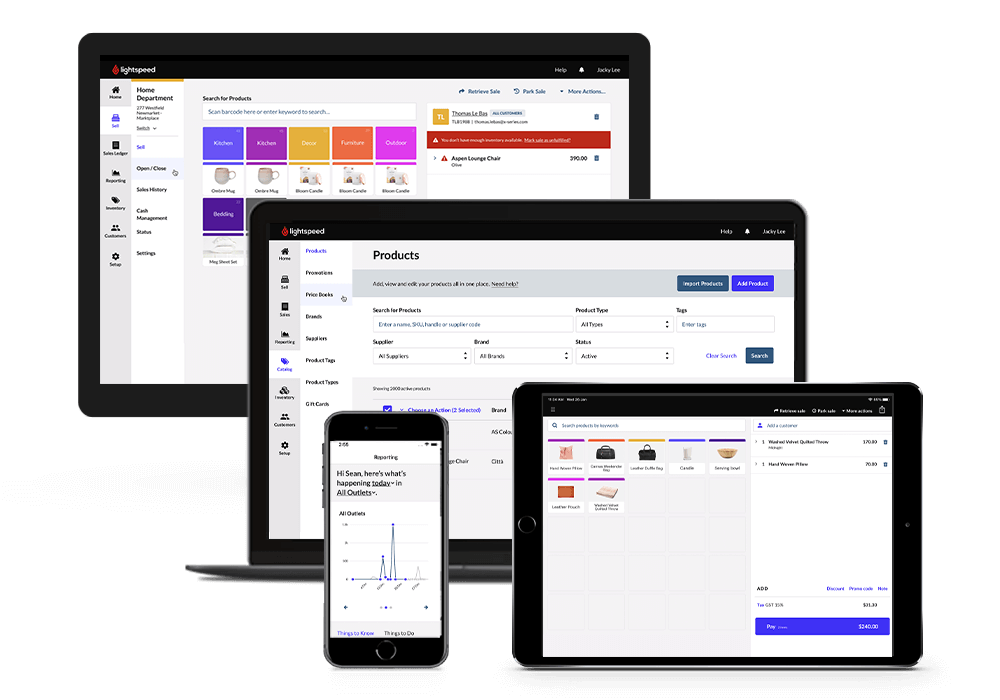If you’re like most restaurant owners, you’re always looking for ways to improve your operations and make your business more efficient. One way to do this is to transition to a point-of-sale (POS) system.
A Pos restaurant can help you streamline your ordering and checkout processes, making your restaurant run more smoothly. But making the switch to a POS system can seem daunting. How do you know which system is right for your restaurant, and how do you go about implementing it?
In this article, we’ll walk you through the process of transitioning your restaurant to a POS system.
Benefits of a POS System
A good Pos restaurant system can save you time and money by streamlining your operations and improving efficiency. Here are the other key benefits of using a POS system in your restaurant:
- improved accuracy and efficiency when taking orders and processing payments
- faster table turns, which can increase your restaurant’s profitability
- reduced costs from mistakes and inefficiencies
- centralised reporting that provides a snapshot of your business performance
- ability to manage inventory and pricing more effectively
- customer loyalty programmes that can increase sales and profits
Now that you know some of the benefits of using a POS system, let’s take a look at how to go about making the switch.
Assess your needs.
The first step in transitioning to a POS system is to assess your needs. What features do you need your POS system to have? Do you need the ability to process credit cards? To print receipts? To track inventory?
Once you know what features you need, you can start narrowing down your options. There are a wide range of POS systems available, so you’re sure to find one that meets your needs.
Compare different systems.
There are a lot of different POS systems available, so it’s important to compare different systems and find the one that best meets your needs.
When comparing systems, be sure to consider the cost, the features offered, and the ease of use. You also want to be sure that the system is compatible with your hardware and software.
Install the system.
Once you’ve chosen a POS system, it’s time to install it. This can be a daunting task, but luckily most POS systems are fairly easy to set up.
Be sure to read the instructions carefully and follow the setup guide. If you run into any problems, don’t hesitate to contact the POS system’s customer service department. They should be able to help you resolve any issues.
Train your staff.
Once the POS system is up and running, it’s time to train your staff. This is an important step, as your staff will need to be familiar with the new system in order to use it effectively.
Be sure to hold training sessions and provide your staff with a written guide or checklist that they can follow. If you have any questions, don’t hesitate to contact the POS system’s customer service department.
Start using the system.
Once your staff is familiar with the new system, it’s time to start using it. This can take some time to get used to, but with a little practice, you’ll be able to use the POS system like a pro.
The best way to get used to the system is to experiment with it and try out different features. The more you use it, the more comfortable you’ll be with it.
Stay organised.
The last thing you want is to lose track of your inventory or sales data. Make sure to keep everything organised and up-to-date. This will help you make better decisions for your restaurant.
Takeaway
Once you’ve completed these steps, it’s time to make the switch to your new POS system. This can be a daunting process, but with careful planning and preparation, you can make the transition as smooth as possible.





